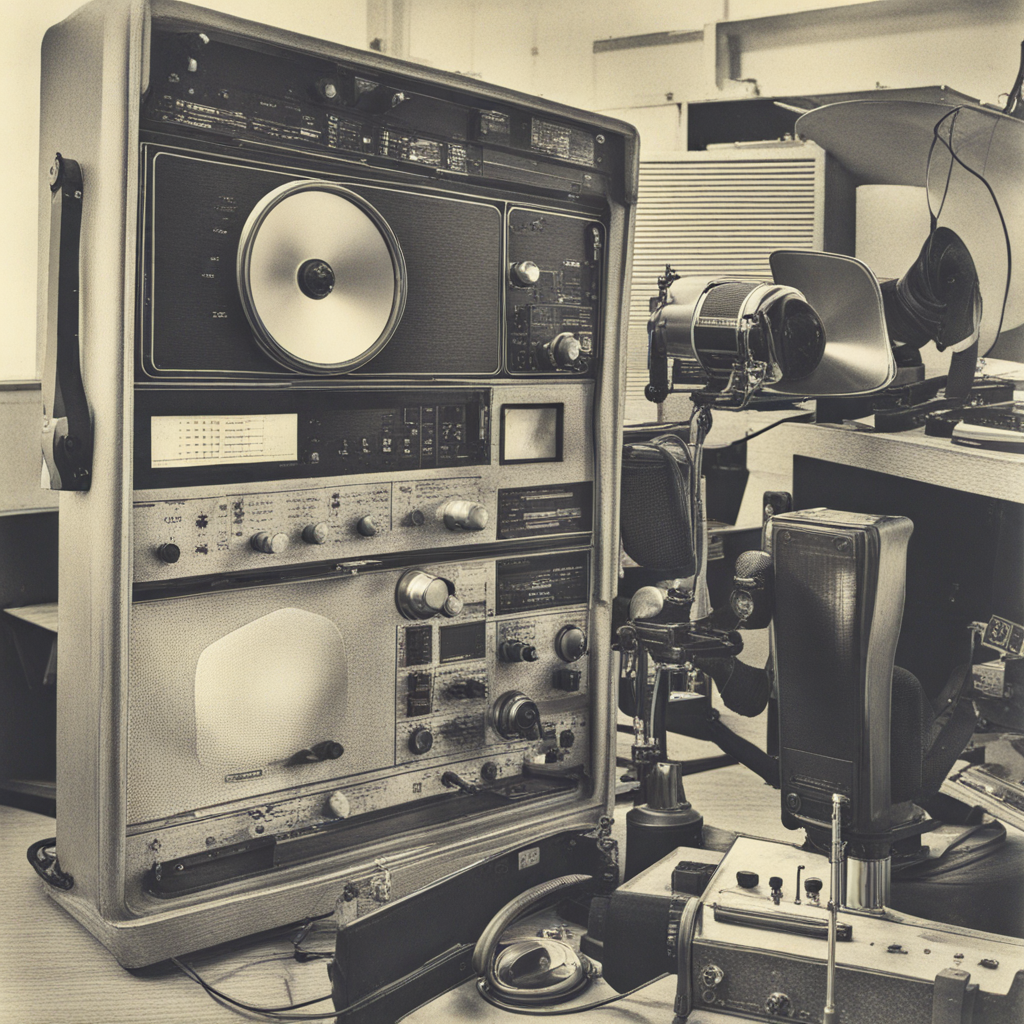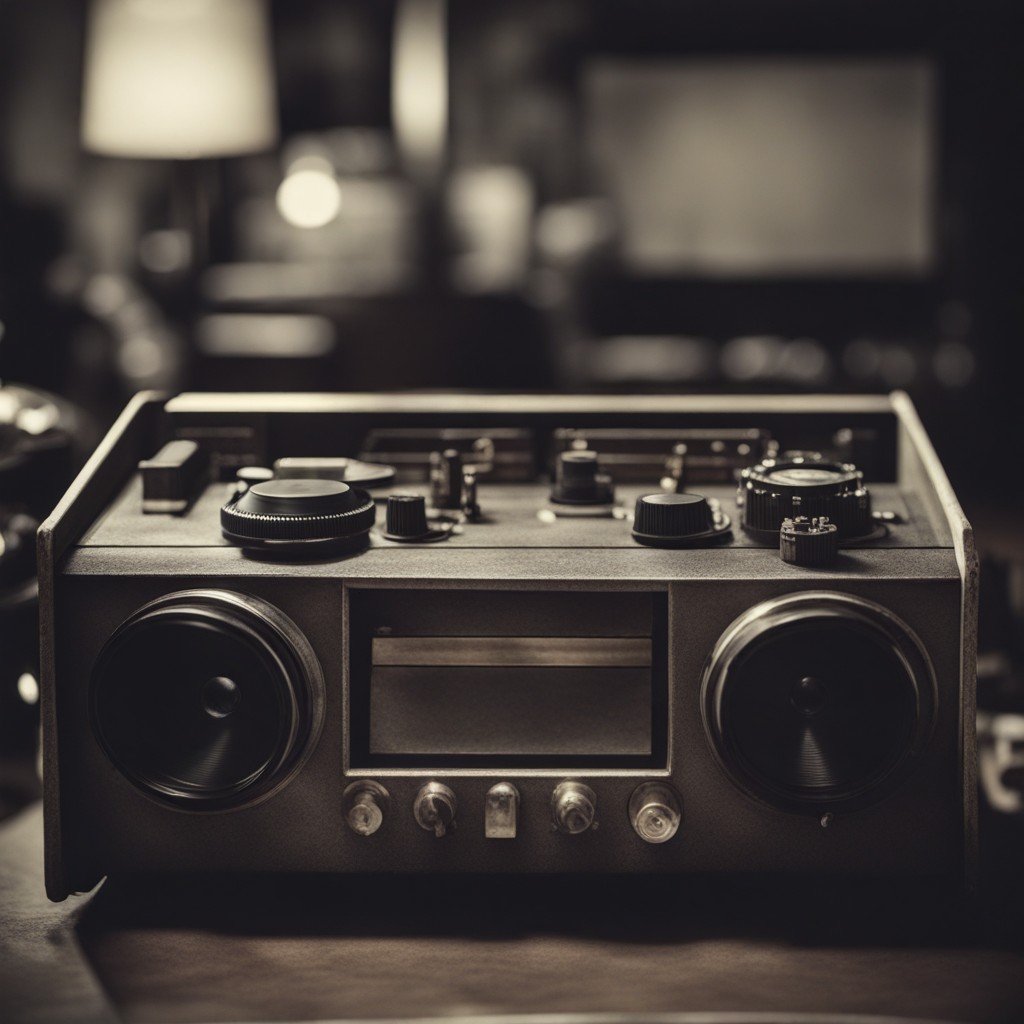High-quality radio imaging Services involves a combination of elements and factors that contribute to a polished and distinctive sound. Here are the key components and considerations that go into high-quality radio imaging:
- Professional Voice Talent: High-quality imaging often begins with hiring skilled and versatile voiceover artists who can deliver station IDs, promos, and other announcements in a clear, engaging, and expressive manner.
- Scriptwriting: Well-written scripts are essential for effective communication. Clear and concise scripts help voice talent deliver messages effectively and engage listeners.
- Sound Effects: Thoughtfully selected and well-executed sound effects can enhance the overall quality of radio imaging. They should be appropriate to the message and mood, adding depth and interest to the audio.
- Music Beds: Background music or beds are used in imaging to create a specific atmosphere and add depth to the audio. Carefully chosen music should complement the message without overpowering it.
- Audio Production: Skilled audio producers use various production techniques to mix and edit elements to create a polished and attention-grabbing final product. This includes precise timing, EQ adjustments, and the application of audio effects.
- Consistency: Maintaining a consistent audio style and branding throughout imaging elements is crucial for station identity. This consistency helps listeners recognize and remember the station.
- Uniqueness: High-quality imaging often includes unique and memorable elements, such as creative sound design or jingles, that set the station apart from competitors.
- Adaptability: Imaging should be adaptable to different formats, times of day, and programming styles. Versatility ensures that imaging remains effective across various show types and schedules.
- Feedback and Testing: Regularly seeking feedback from listeners and conducting tests to evaluate the impact of imaging elements can help refine and improve the quality of radio imaging.
- Evolution: Over time, radio imaging may need updates or refreshes to stay relevant and resonate with changing audiences. Staying attuned to industry trends and audience preferences is important for maintaining high quality.
- Compliance: Ensure that all imaging elements adhere to broadcasting regulations and standards, including copyright and licensing requirements.
- Integration with Content: High-quality radio imaging should seamlessly integrate with the station’s content, creating a cohesive and enjoyable listening experience.
- Audience Engagement: Effective imaging engages the audience by delivering relevant and compelling messages. It should resonate with the station’s target demographic.
- Monitoring and Analysis: Continuously monitor the effectiveness of radio imaging through audience feedback and analytics. Make adjustments as needed to optimize impact.
Ultimately, high-quality radio imaging combines professional talent, creative audio production, effective scripts, and a deep understanding of the station’s brand and target audience. It’s an ongoing process of refinement and adaptation to ensure that the station’s sound remains fresh, engaging, and distinctive. Contact Chec Music Beds Today!!




